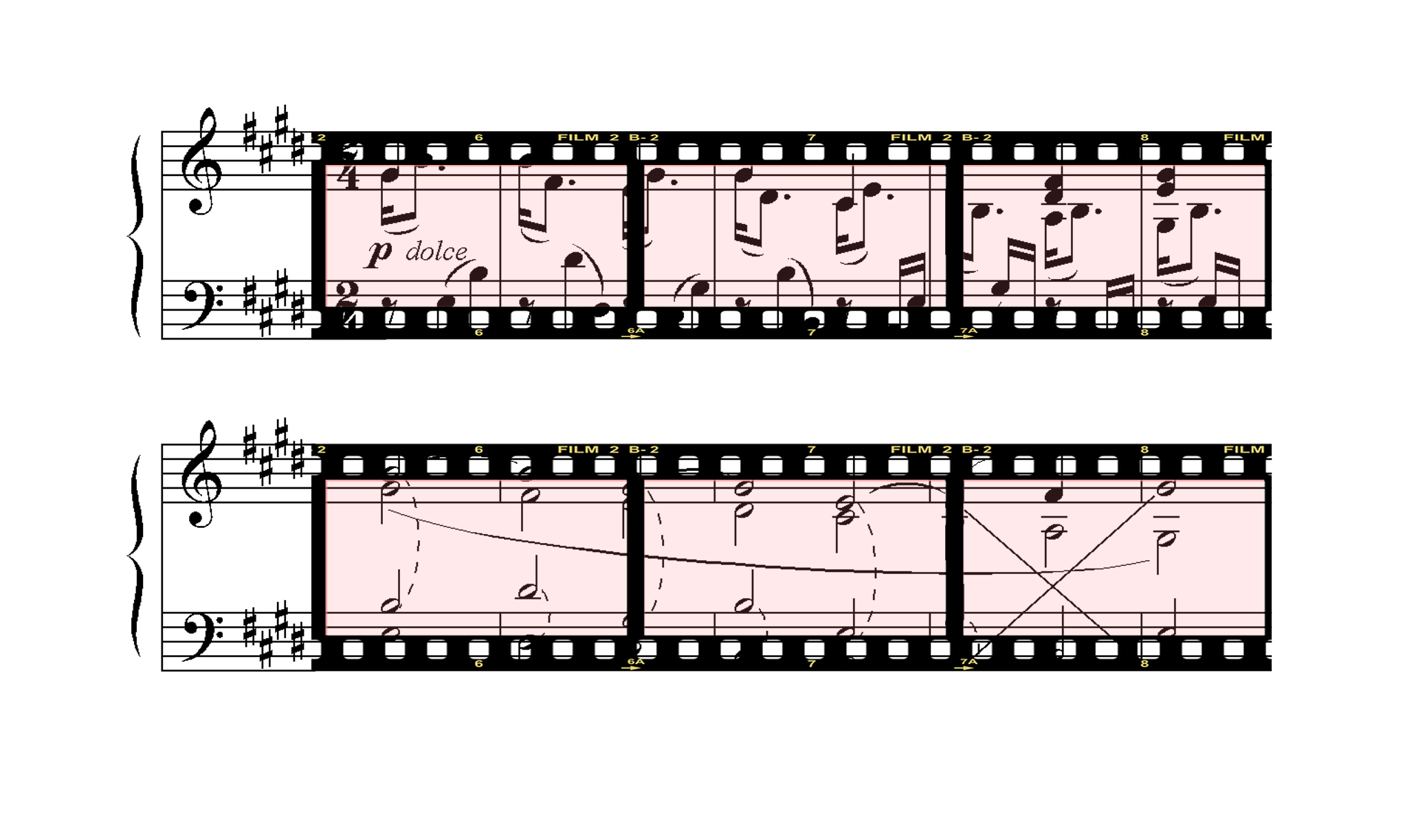We often forget the difference sound and music make to a film
Imagine watching Jaws without the ominous two-tone tune announcing the shark’s next attack. Or 2001: A Space Odyssey without the concerto of thrumming, uplifting operatic voices. Think of Star Wars without the pew pew of the lasers or blips and bleeps of R2D2.

Cinematography, colour, contrast and composition are visual techniques filmmakers use to keep audiences engaged with the film. But there is also a lot to be said for sound and music, and how soundtracks and scores work in tandem with the visual components of a movie.
It comes as no surprise to learn music and sound have a direct impact on humans. Physiologically, sound affects our hormone secretions, breathing and heart rate according to a Ted Talk by Julian Treasure. Psychologically, sound can impact our emotional state. Listening to sad music? You’re likely to feel sad as well. Sound also impacts our behaviour: listening to a jackhammer is likely to make you feel uncomfortable or anxious.
It’s clear that music and sound have a profound effect on us. But how does sound affect our perspective of movies?
In 1940, renowned composer Aaron Copland wrote an essay called “Film Music,” in which he outlined five ways music can impact film. Sound can be used to create a more convincing atmosphere of time and place or to underline psychological clarifications. It can also serve as a kind of neutral background filler, build a sense of continuity and give the theatrical build-up of a scene a sense of finality.
Essentially, sound impacts the overall mood and emotion of the piece. “Sound awakens our sense to be able to perceive the details of a place. You can see something, but it doesn’t really come alive until you hear it,” said Elizabeth Miller, a professor in the Communications department at Concordia University and an independent documentary filmmaker. “When sound is good, people don’t notice. When it’s bad, people turn it off.”
The importance of sound in film is recognized at the highest standard in the industry. At the 88th Academy Awards last Sunday, there were four categories of awards in relation to sound.
Mad Max: Fury Road brought home two Oscars for sound alone, winning in the Sound Mixing and Sound Editing categories. The movie, which features high-speed car chases, screeching metal and explosions of all sorts, was able to tell the story of an apocalyptic, chaotic world where no rules apply anymore, through masterful sound composition. Mad Max: Fury Road was a movie not only to be seen, but heard.
Another notable winner was the legendary composer Ennio Morricone, who was awarded his first Oscar in the Original Score category for his work on The Hateful Eight. Morricone is no stranger to Western films, as he is credited with composing the twangy and whistly theme from The Good, The Bad and The Ugly. His masterful score for The Hateful Eight captured the essence of the Tarantino movie, imbuing the soundtrack with sinister undertones that hint to the violence and vengeance to come.
When a character gets punched on-screen, you hear the sound of the fist connecting with jaw, but in real life, the actors never touched one another. This is because vision and sound are interconnected, and each sense influences the way you perceive the other. Sounds also influence how the audience reacts to a piece. Infrasound, a frequency below the range of the human ear, is commonly used to induce fear in audiences and causes anxiety, heart palpitations and even shivering.
This immersive aspect of sound, which pulls you into the production, will continue to garner even more importance as 3D and virtual reality works continue to be produced and made available to the general public.
“Immersion is guided by sound. When you’re in an immersive environment, the author has to tip you off to the environment, and that’s done through sound. You might hear something behind you and that would trigger you to turn around,” said Miller.
The visual components of film may guide you through the story, but sound is what carries you.



